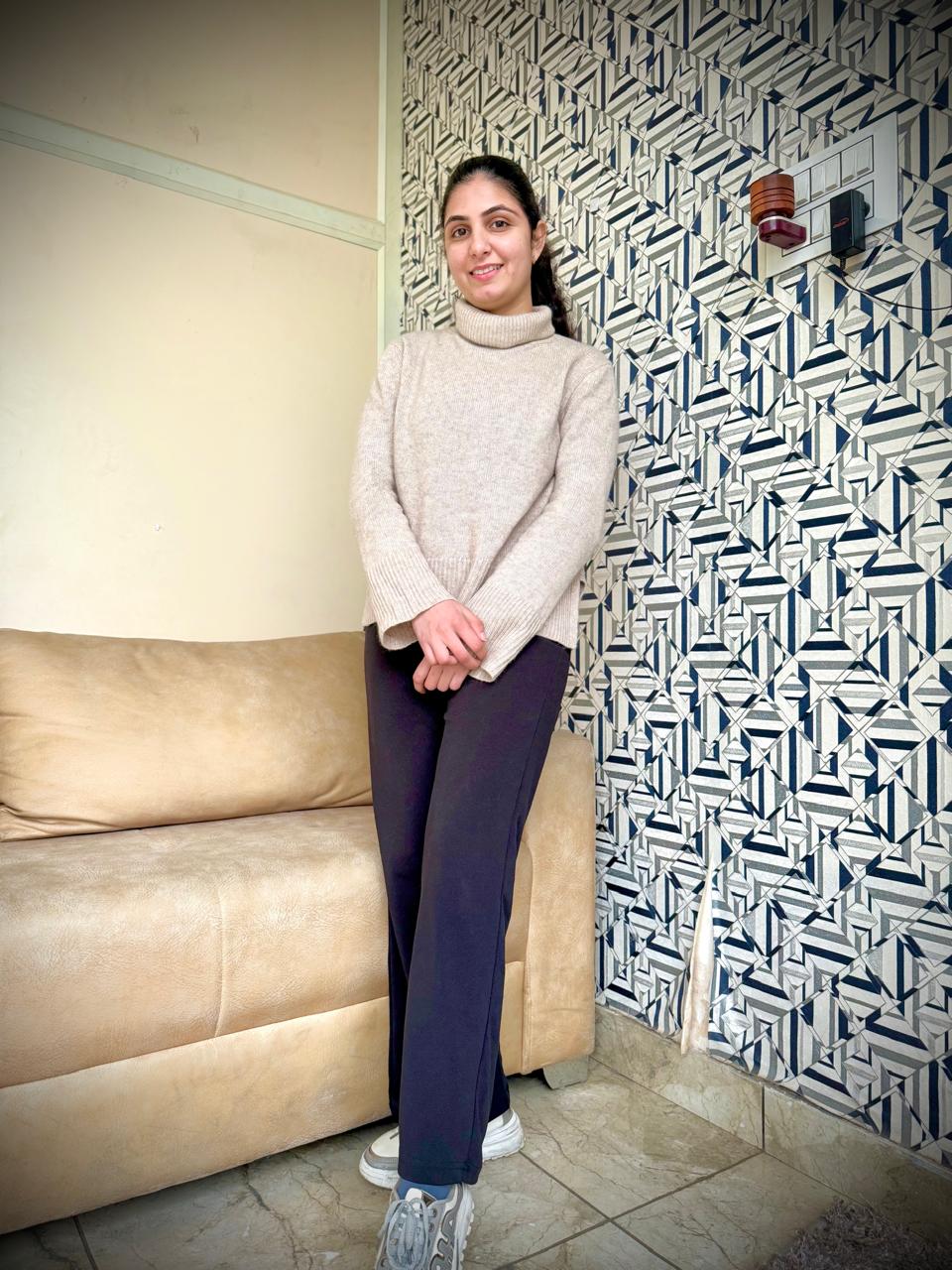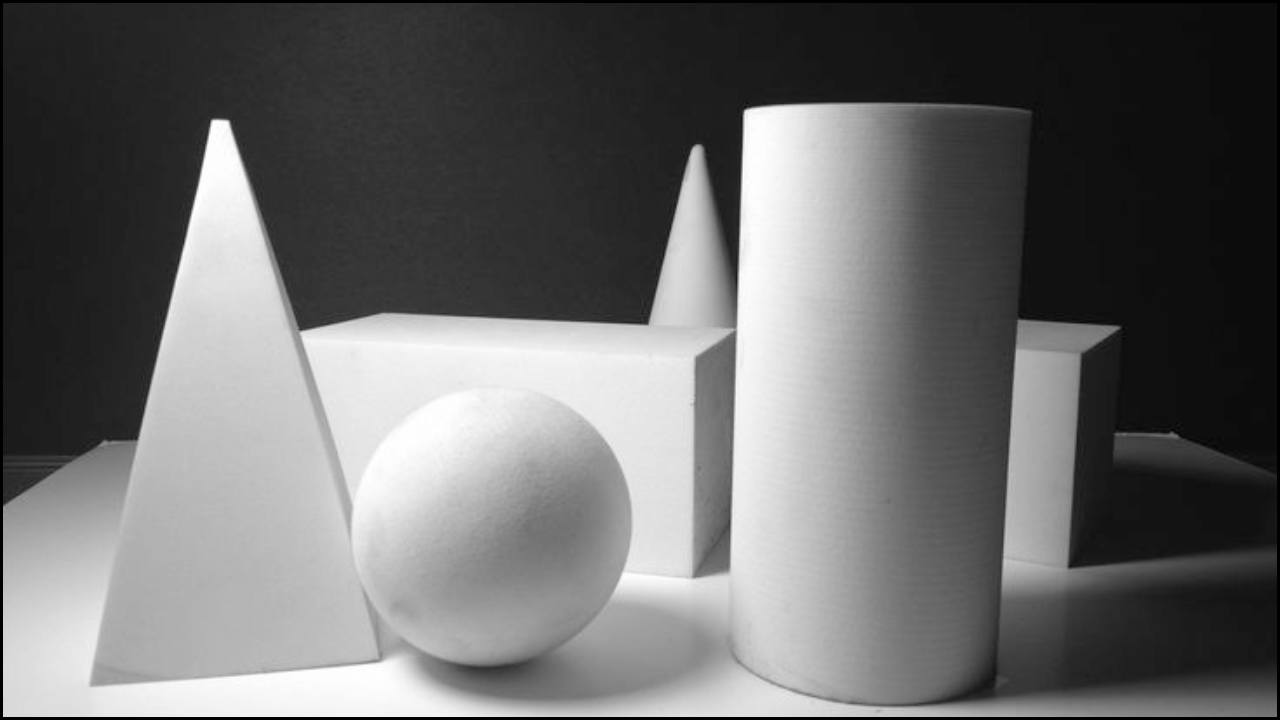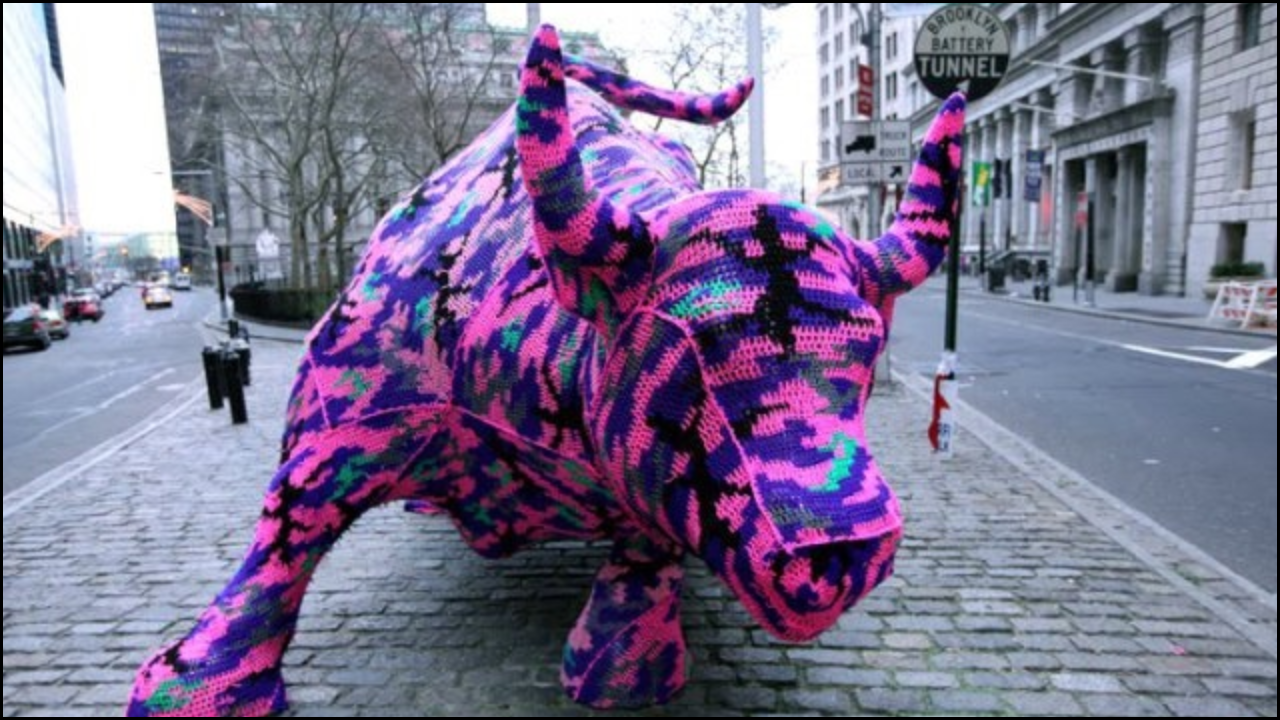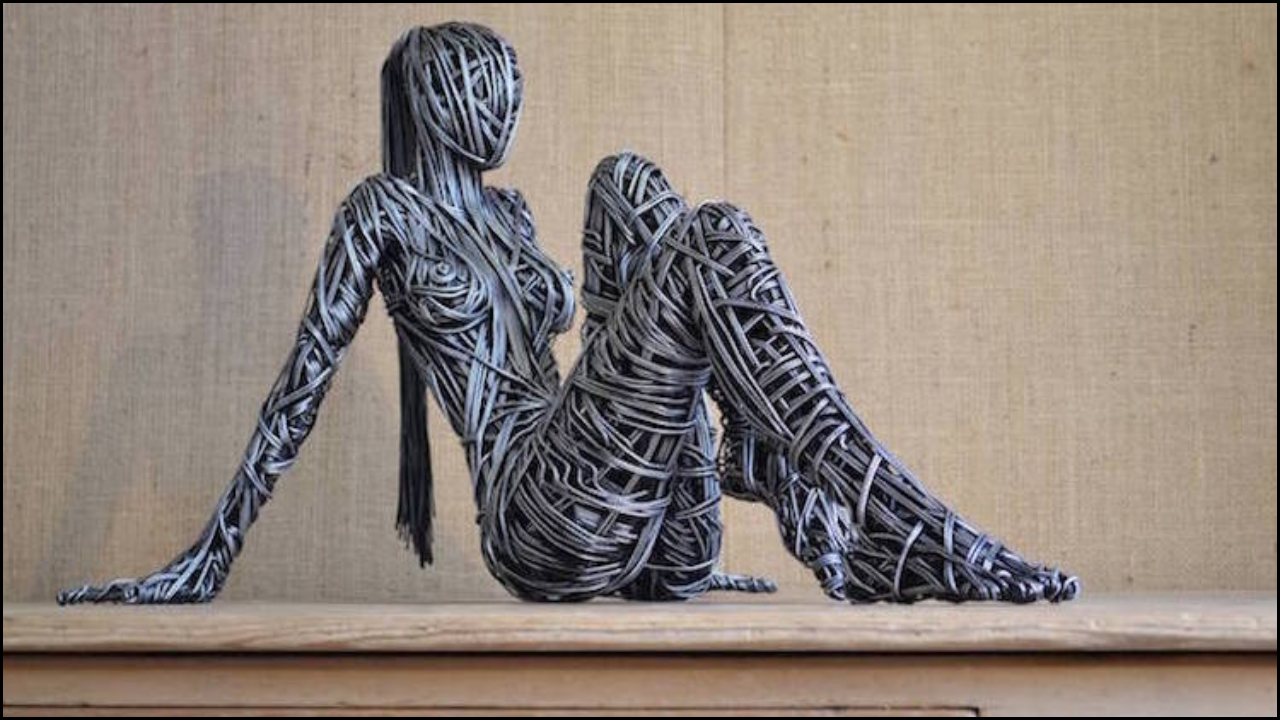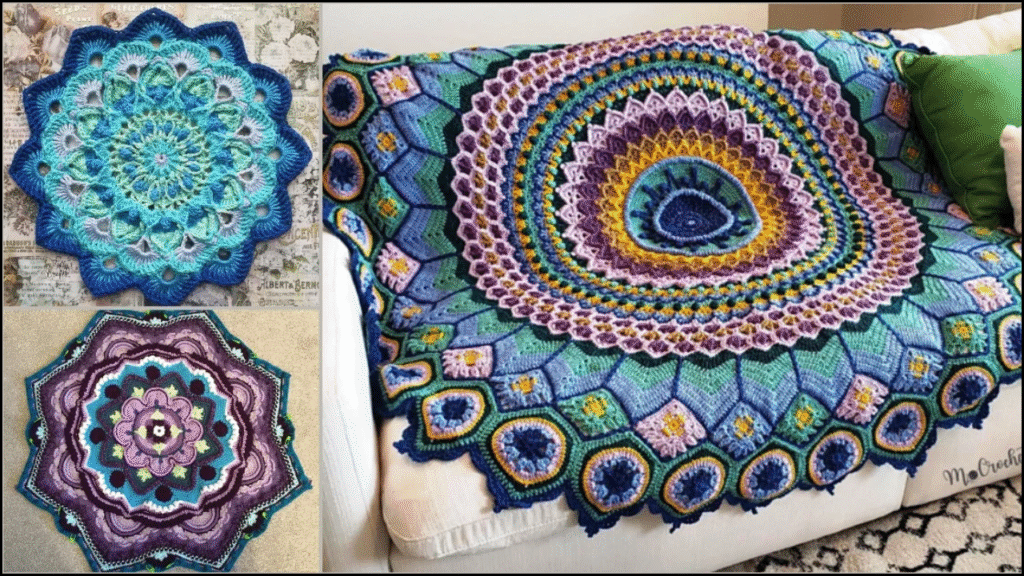
Crochet as an art form reflects both tradition and innovation. The craft, once closely tied to domestic settings and functional items like blankets and doilies, has moved into galleries, museums, and contemporary design studios. Artists now use crochet to communicate identity, history, environmental awareness, and cultural narratives. This expansion demonstrates that crochet is not only a craft but also a fine art practice with depth, versatility, and emotional resonance.
Table of Contents
Historical Background of Crochet
- Crochet origins remain debated, with some evidence pointing to Europe in the 16th century.
- Early crochet projects included trims, collars, and decorative edging.
- Crochet gained momentum in the 19th century with the Victorian passion for handmade lace-like patterns.
- The 20th century brought mass production, leading crochet to be seen as a hobby or utilitarian rather than artistic.
- In recent decades, artists have reclaimed crochet, positioning it in dialogue with fine art traditions.
Crochet as an Expression of Fine Art
- Crochet offers texture and dimension unlike painting or printmaking.
- Artists integrate crochet into sculpture, installations, and wearable art.
- Crochet motifs allow reinterpretation of classical themes, including body, nature, and geometry.
- Conceptual crochet pieces challenge gender stereotypes tied to domestic crafts.
Techniques Transforming Crochet into Fine Art
- Freeform Crochet: Allows irregular, abstract shapes instead of following a fixed pattern.
- Mixed Media Crochet: Combines crochet with materials like wire, glass, fabric, or plastic.
- Oversized Crochet: Uses large hooks and thick yarns to create monumental installations.
- Micro Crochet: Produces highly detailed, delicate miniatures with fine threads.
- Digital Patterns: Uses software for mathematical or geometric crochet designs.
Key Artists in Crochet as Fine Art
| Artist | Contribution |
|---|---|
| Olek (Agata Oleksiak) | Known for large-scale crochet installations covering buildings, cars, and objects, she uses crochet for political and cultural commentary. |
| Joana Vasconcelos | Portuguese artist using crochet in monumental sculptures; integrates traditional lace techniques into contemporary fine art. |
| Sheila Hicks | Incorporates crochet-inspired textile practices into global fiber art. |
| Erika Iris Simmons | Uses threads, yarns, and unconventional crochet to create portraits and mixed media pieces. |
| Aurora Robson | Blends recycled materials and crochet techniques to address environmental themes. |
Themes Explored in Crochet Art
- Identity and Gender: Crochet reclaims traditionally “feminine” practices as powerful artistic statements.
- Environment and Sustainability: Many artists use recycled yarns, plastic bags, or waste materials to highlight ecological issues.
- Community and Collaboration: Public crochet projects invite participation, strengthening collective identity.
- Memory and Heritage: Crochet connects artists to family traditions and cultural ancestry.
- Abstraction and Geometry: Crochet structures allow artists to explore mathematical and spatial relationships.
Comparison: Crochet Craft vs. Crochet Fine Art
| Aspect | Traditional Crochet Craft | Crochet as Fine Art |
|---|---|---|
| Purpose | Practical use, home décor, garments | Conceptual, symbolic, aesthetic |
| Scale | Small to medium | Often monumental or installation-based |
| Materials | Yarn, cotton thread | Yarn, recycled materials, metals, plastics |
| Audience | Domestic, community | Gallery, museum, international art fairs |
| Creativity | Pattern-based, functional | Experimental, conceptual, expressive |
Crochet in Public Spaces and Installations
- Crochet murals and yarn bombing transform urban landscapes.
- Large crochet installations invite audiences to experience art physically, not just visually.
- Public crochet projects democratize art, allowing access beyond galleries.
- Crochet in public spaces often symbolizes community connection and resistance against cultural invisibility.
Cultural Significance of Crochet as Art
- Crochet reflects intersections between craft and identity.
- Crochet connects local traditions with global art movements.
- Museums increasingly acquire crochet works as part of textile and fiber art collections.
- Crochet is recognized as both cultural preservation and avant-garde innovation.
Crochet as Political and Social Commentary
- Artists use crochet to address themes of feminism, migration, and inequality.
- Crochet projects involving protest banners reclaim craft for activism.
- Environmental crochet pieces highlight plastic waste, climate change, and resource scarcity.
- Crochet activism challenges the divide between “serious” art and domestic crafts.
Economic Value and Recognition
- Crochet art pieces fetch high values in international art markets.
- Galleries now showcase crochet-based installations as collectible fine art.
- Crochet has entered luxury design, influencing fashion houses and interior décor.
- Workshops and exhibitions promote crochet not only as a craft but as investment-worthy art.
Educational and Community Role
- Crochet projects in schools foster creativity and patience.
- Community crochet programs encourage intergenerational knowledge transfer.
- Crochet art therapy supports mental health, offering calming yet expressive engagement.
- Crochet circles evolve into collaborative art-making groups.
Challenges in Recognizing Crochet as Fine Art
- Crochet remains associated with domesticity, leading to underappreciation in art circles.
- Art institutions sometimes undervalue textile art compared to painting or sculpture.
- The gendered history of crochet continues to influence perceptions of its seriousness.
- Lack of proper archival methods makes preserving crochet art difficult.
Future of Crochet in Fine Art
- Digital technology may expand crochet into virtual and augmented reality.
- Artists may integrate crochet into wearable tech and interactive installations.
- Growing environmental awareness may strengthen crochet’s role in sustainability art.
- The increasing recognition of fiber art ensures crochet’s place in contemporary fine art.
Future Directions of Crochet as Fine Art
| Direction | Potential Impact |
|---|---|
| Digital Crochet Design | Expansion into algorithmic and geometric patterns. |
| Eco-Friendly Crochet | Stronger emphasis on sustainability in art. |
| Collaborative Projects | Increased global participation through community-driven works. |
| Integration with Fashion | More crossover between fine art and haute couture. |
| Museum Recognition | Broader institutional acceptance of crochet as fine art. |
Final Thoughts
Crochet as fine art demonstrates the ability of traditional crafts to transcend utility and enter the realm of cultural and intellectual dialogue. The transition from blankets and doilies to monumental sculptures, installations, and political statements shows crochet’s versatility and symbolic depth. This redefinition challenges stereotypes about craft, gender, and artistic value, positioning crochet as a legitimate and powerful form of contemporary fine art.

